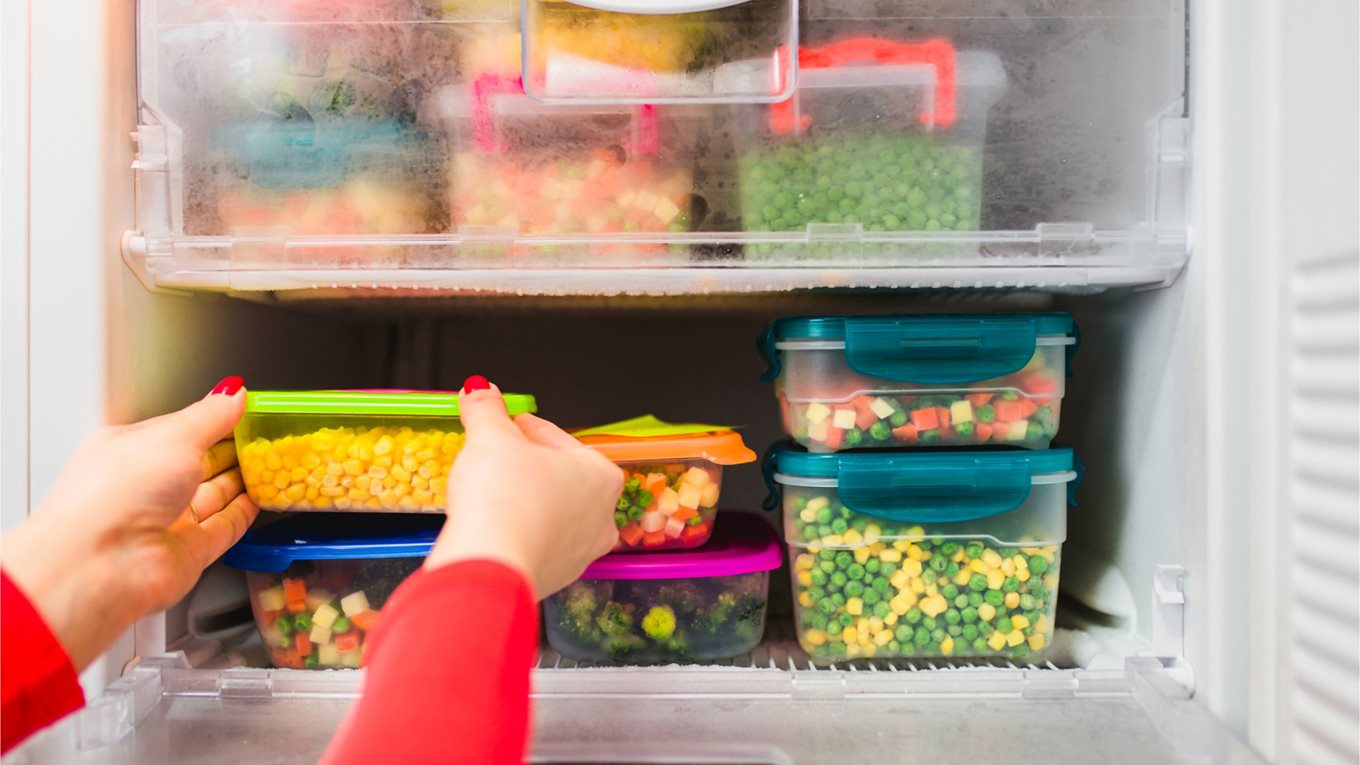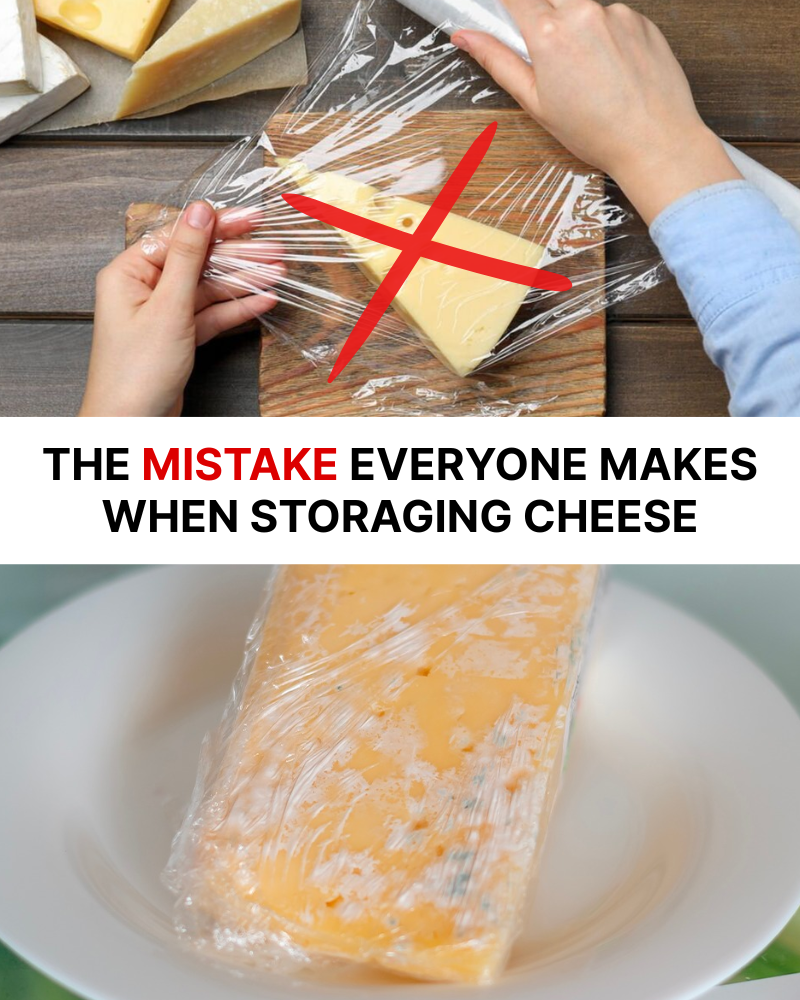
How to Store Perishable Foods in the Refrigerator
Perishable foods must be refrigerated and eaten within a few days.
- Clean your fridge regularly to prevent bacteria and odors. Do a deep clean at least once a month using water and vinegar or water and baking soda.
- Set your thermostat to 5°C (41°F).
- Organize food based on shelf temperature zones and airflow:
- Door shelves: store items that need to stay cool but not extremely cold.
- Crisper drawer (around 7°C / 45°F): ideal for fruits and vegetables that should be consumed quickly.
- Bottom shelves (0–2°C / 32–36°F): place meat and fish here. These should be eaten within two days and require colder temperatures.
- Top and middle shelves: best for pre-cooked foods or open items, as they maintain a steady, cool temperature near the thermostat.
- Leave enough space between items for air to circulate freely.
- Let leftovers cool down before refrigerating.
- Avoid placing raw and cooked foods next to each other to prevent cross-contamination.
- Always use clean, airtight containers.
- Don’t place food too close to the fridge walls—it may freeze or stick, making it inedible.

How to Store Frozen and Pre-Frozen Foods in the Freezer
The freezer is for items meant to be frozen as well as pre-frozen meals that only need reheating before serving.
- Once defrosted, previously frozen foods must be eaten within 24 hours. Do not refreeze them.
- The ideal freezer temperature is around -20°C (-4°F).
- Clean your freezer at least once a month to prevent excessive frost buildup.
- Don’t keep foods in the freezer for more than 3–4 months, especially if they’re high in fat.
- Avoid freezing large quantities at once—opt for smaller, single-portion containers.
- To preserve nutrients during thawing, never defrost at room temperature. Instead, place frozen items in the fridge so the process happens slowly and safely.
Conclusion
Smart food storage isn’t just about avoiding waste—it also helps you preserve flavor, nutrition, and safety. With a few mindful habits, you can transform the way you eat and save time and money in the process.

How to Store Perishable Foods in the Refrigerator
Perishable foods must be refrigerated and eaten within a few days.
- Clean your fridge regularly to prevent bacteria and odors. Do a deep clean at least once a month using water and vinegar or water and baking soda.
- Set your thermostat to 5°C (41°F).
- Organize food based on shelf temperature zones and airflow:
- Door shelves: store items that need to stay cool but not extremely cold.
- Crisper drawer (around 7°C / 45°F): ideal for fruits and vegetables that should be consumed quickly.
- Bottom shelves (0–2°C / 32–36°F): place meat and fish here. These should be eaten within two days and require colder temperatures.
- Top and middle shelves: best for pre-cooked foods or open items, as they maintain a steady, cool temperature near the thermostat.
- Leave enough space between items for air to circulate freely.
- Let leftovers cool down before refrigerating.
- Avoid placing raw and cooked foods next to each other to prevent cross-contamination.
- Always use clean, airtight containers.
- Don’t place food too close to the fridge walls—it may freeze or stick, making it inedible.

How to Store Frozen and Pre-Frozen Foods in the Freezer
The freezer is for items meant to be frozen as well as pre-frozen meals that only need reheating before serving.
- Once defrosted, previously frozen foods must be eaten within 24 hours. Do not refreeze them.
- The ideal freezer temperature is around -20°C (-4°F).
- Clean your freezer at least once a month to prevent excessive frost buildup.
- Don’t keep foods in the freezer for more than 3–4 months, especially if they’re high in fat.
- Avoid freezing large quantities at once—opt for smaller, single-portion containers.
- To preserve nutrients during thawing, never defrost at room temperature. Instead, place frozen items in the fridge so the process happens slowly and safely.
Conclusion
Smart food storage isn’t just about avoiding waste—it also helps you preserve flavor, nutrition, and safety. With a few mindful habits, you can transform the way you eat and save time and money in the process.

